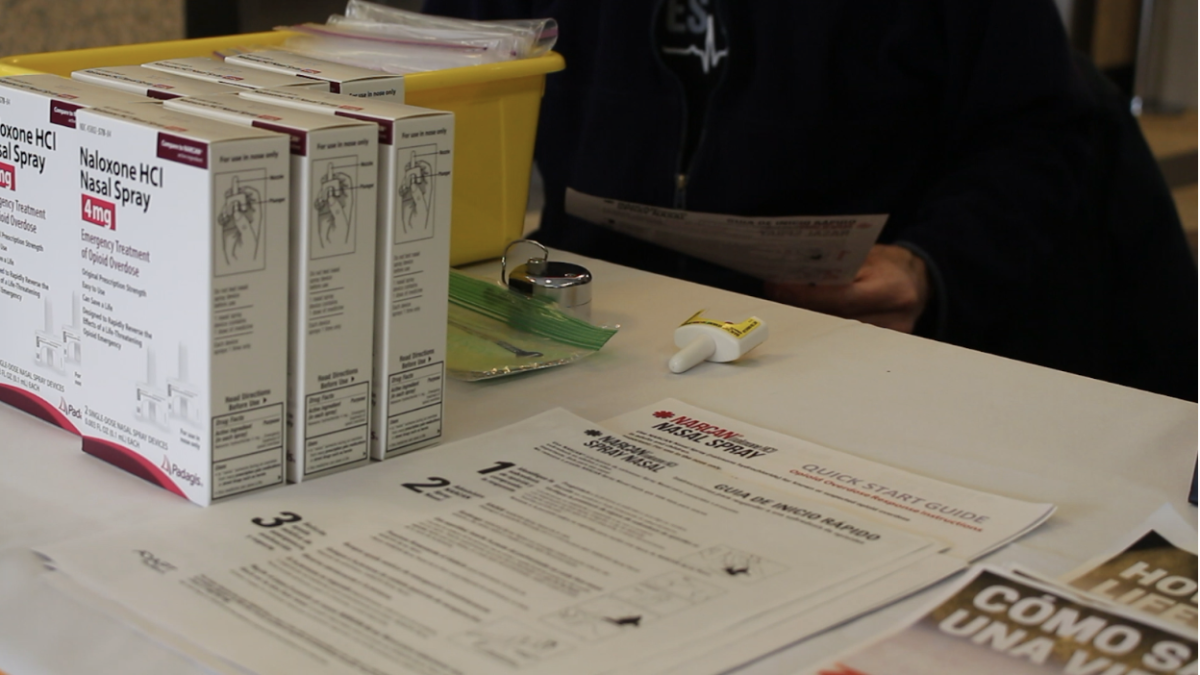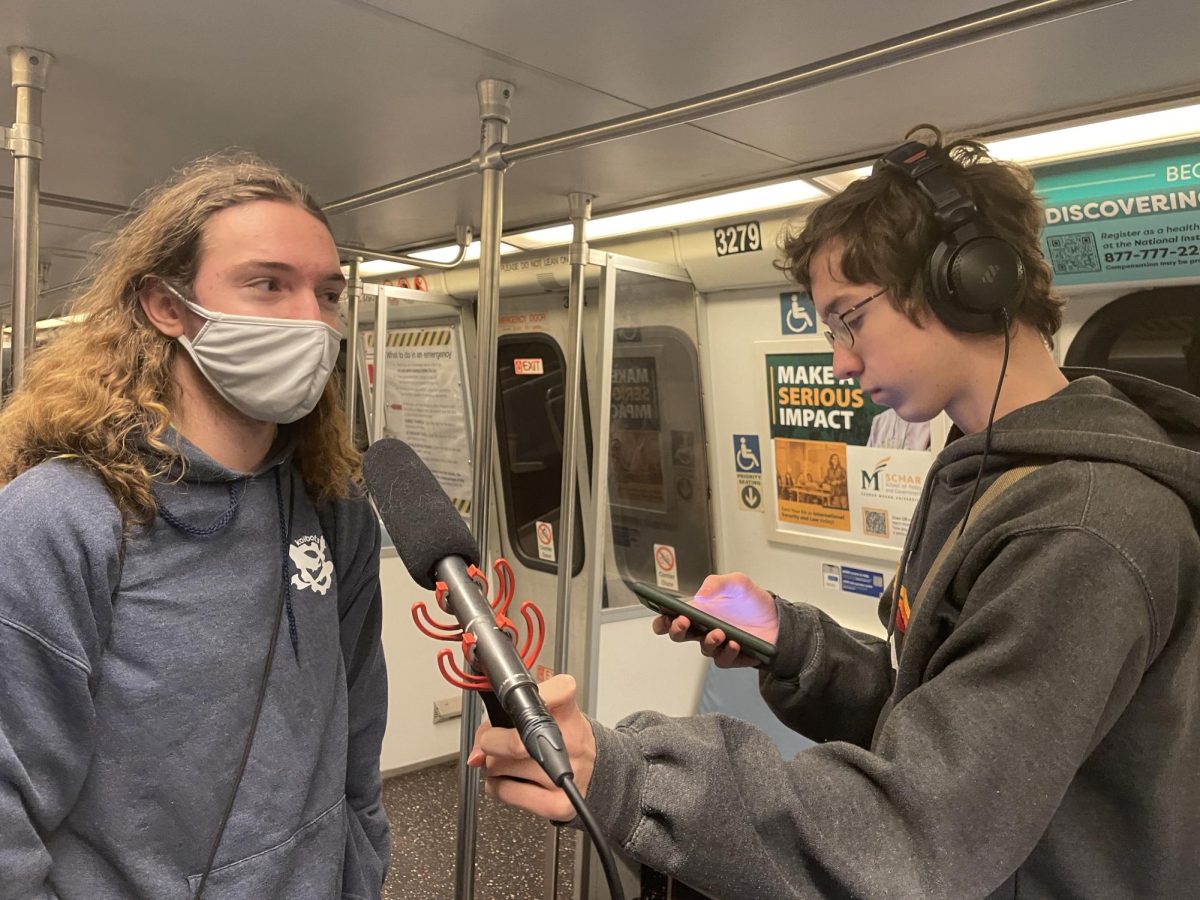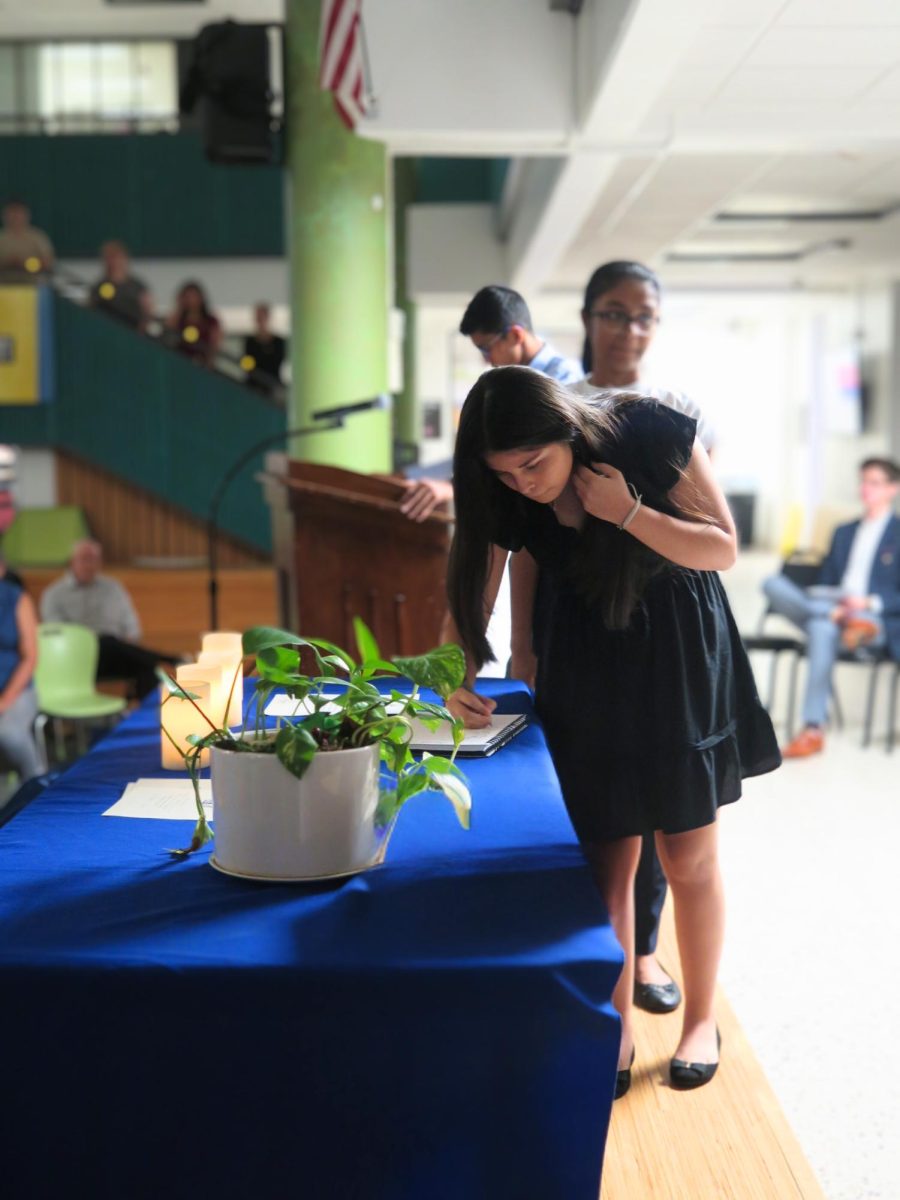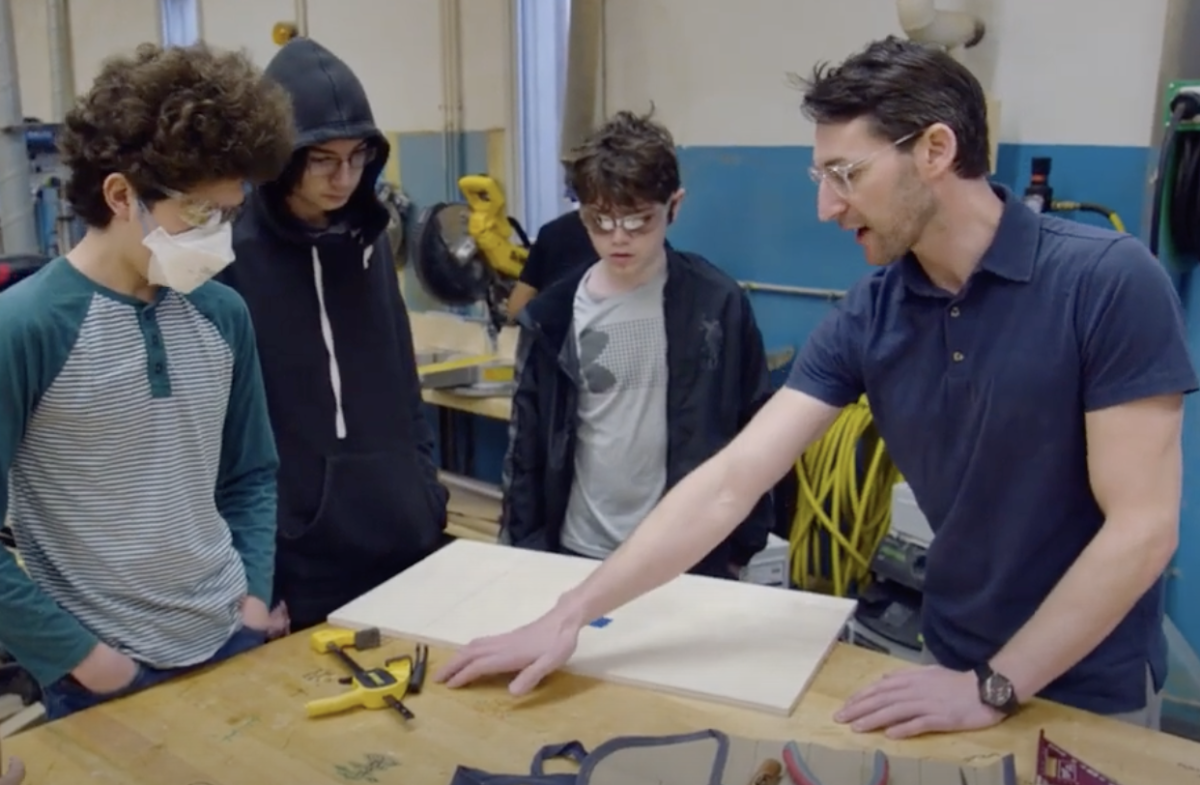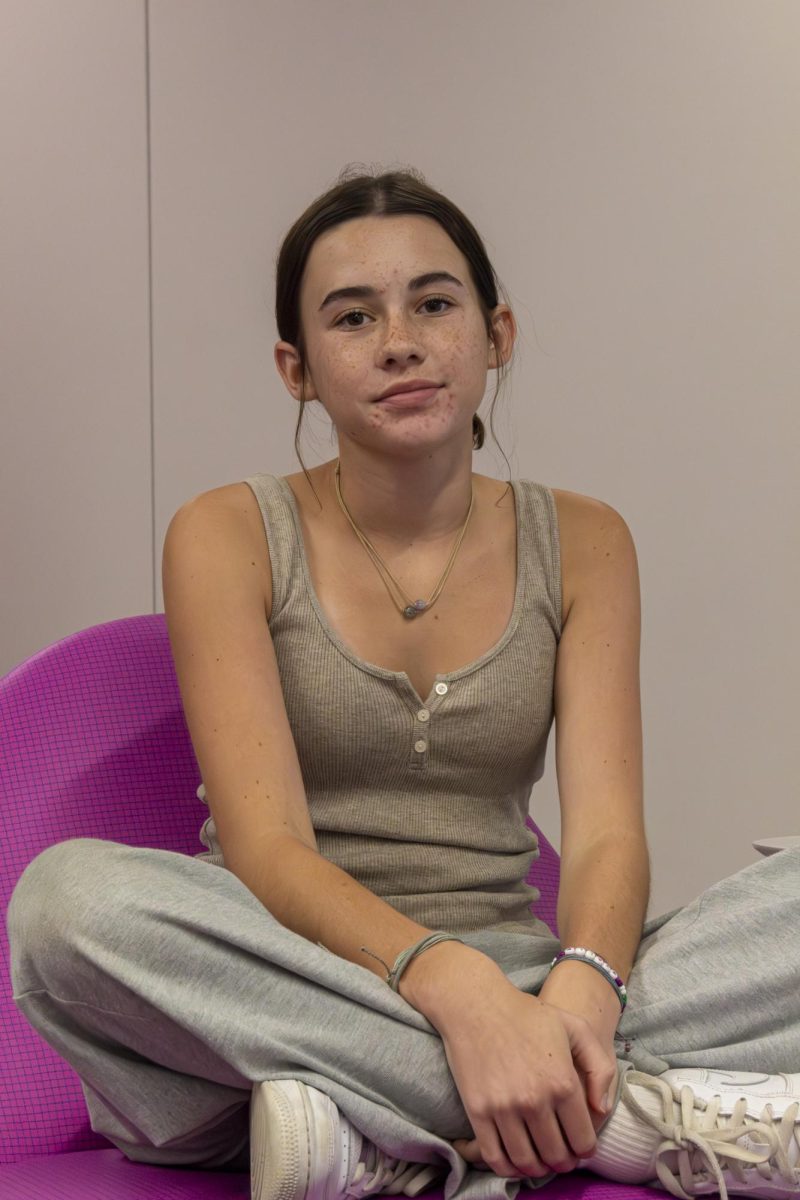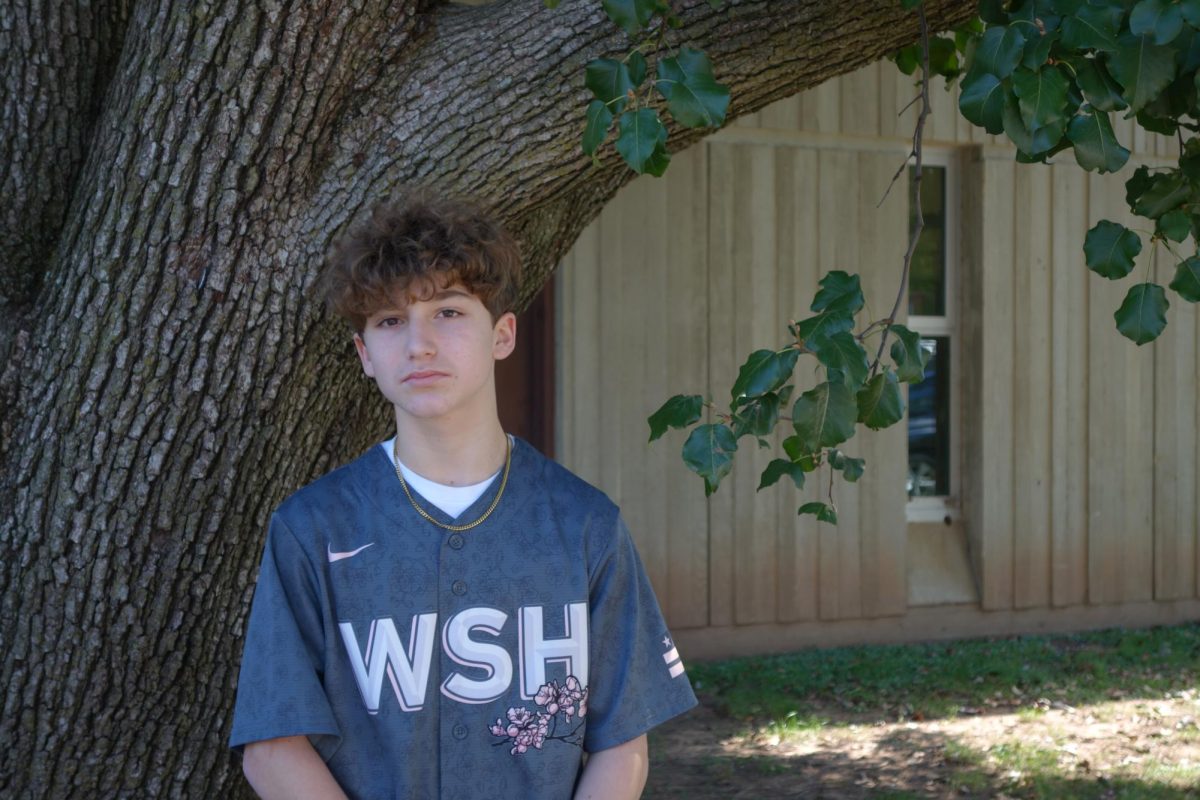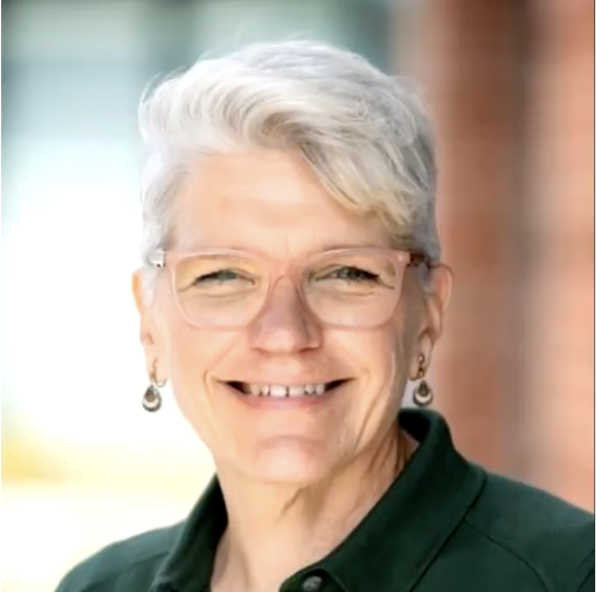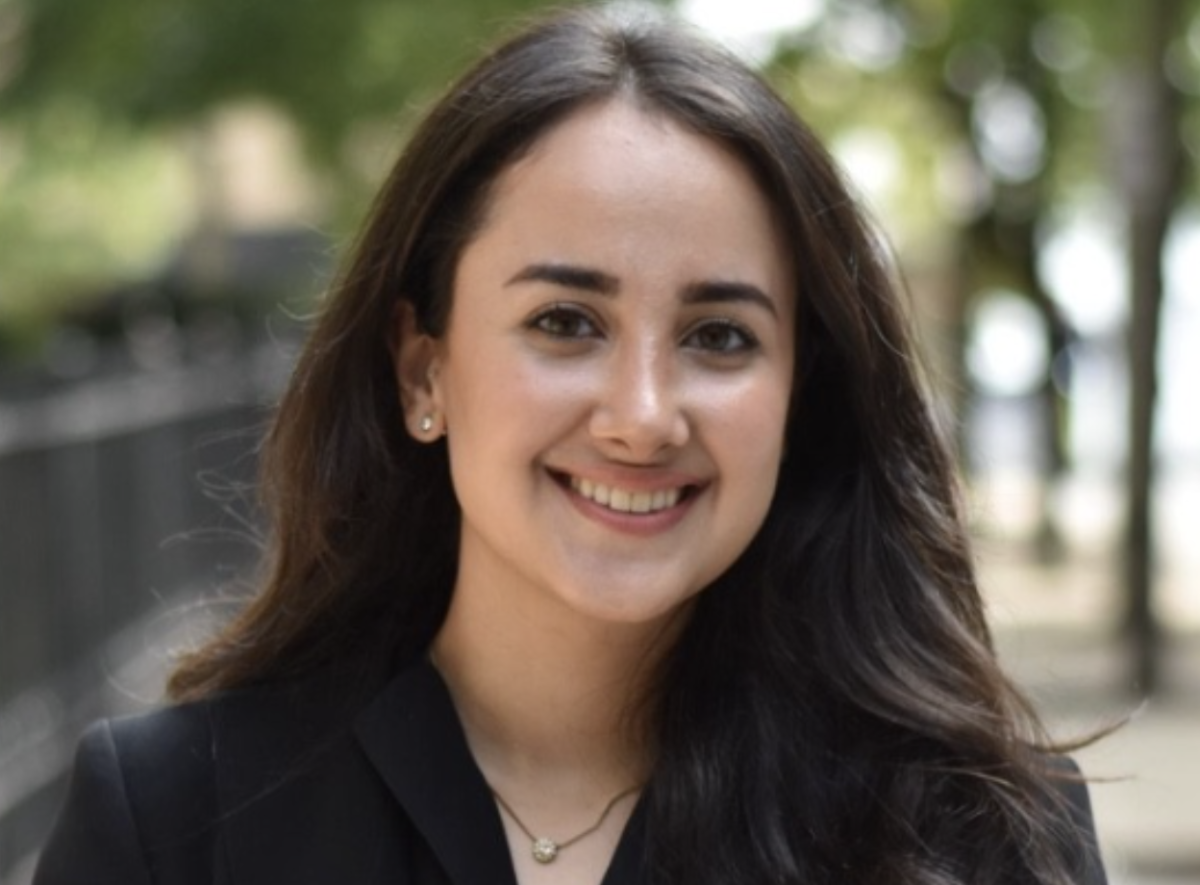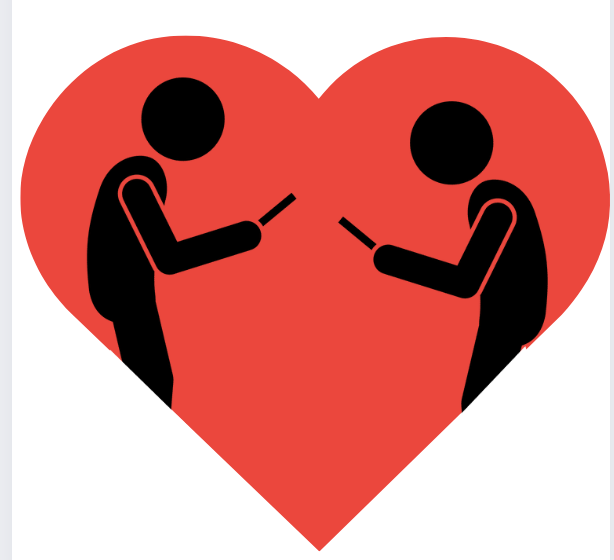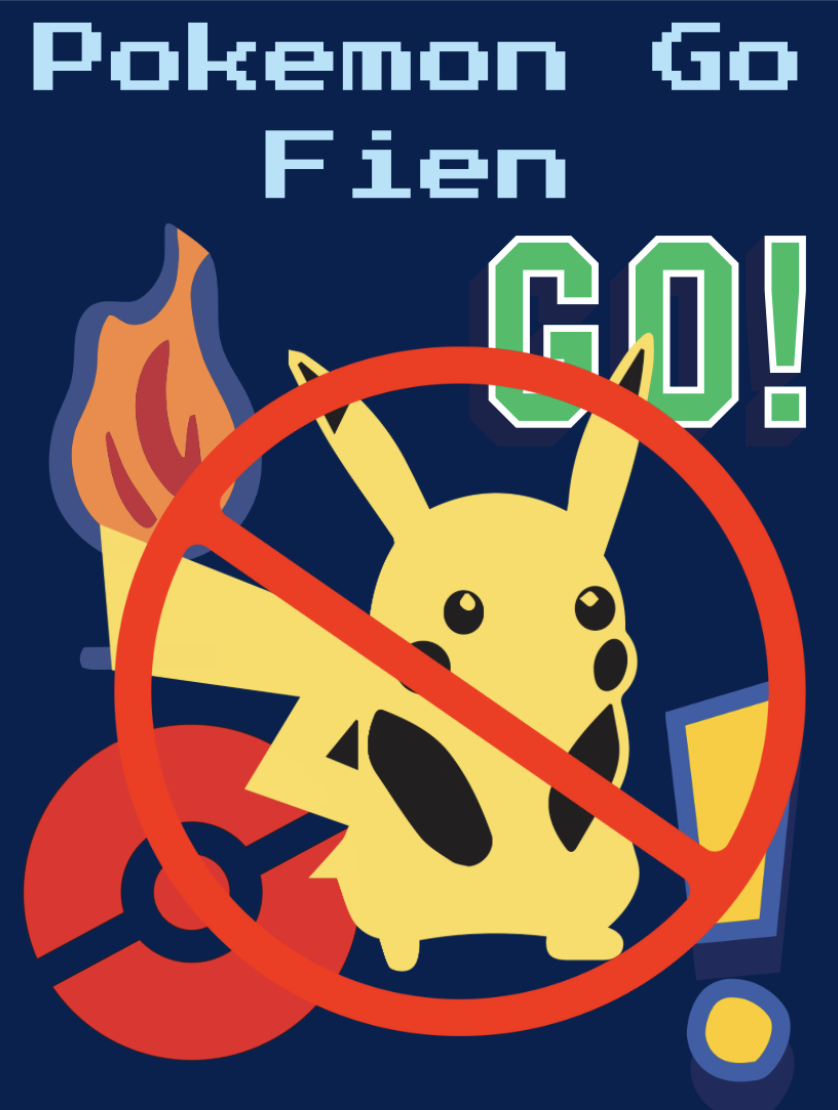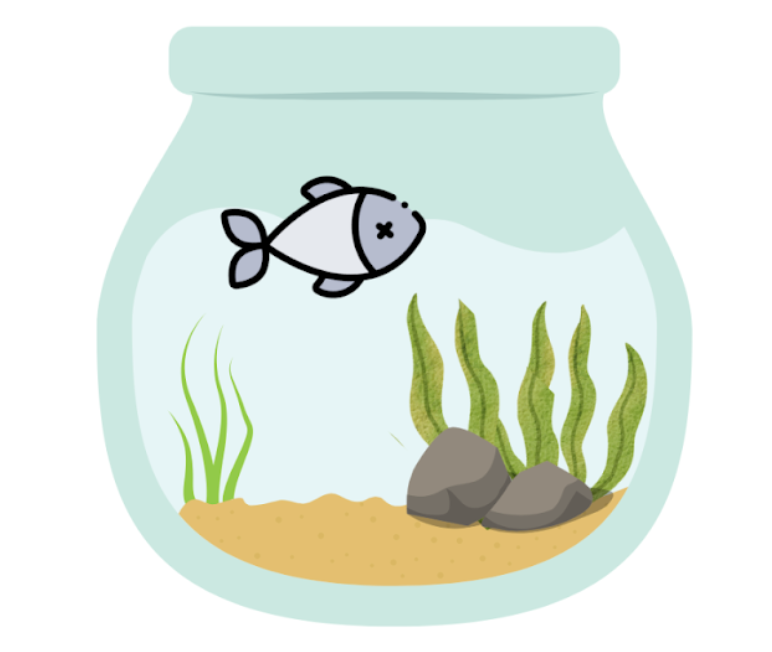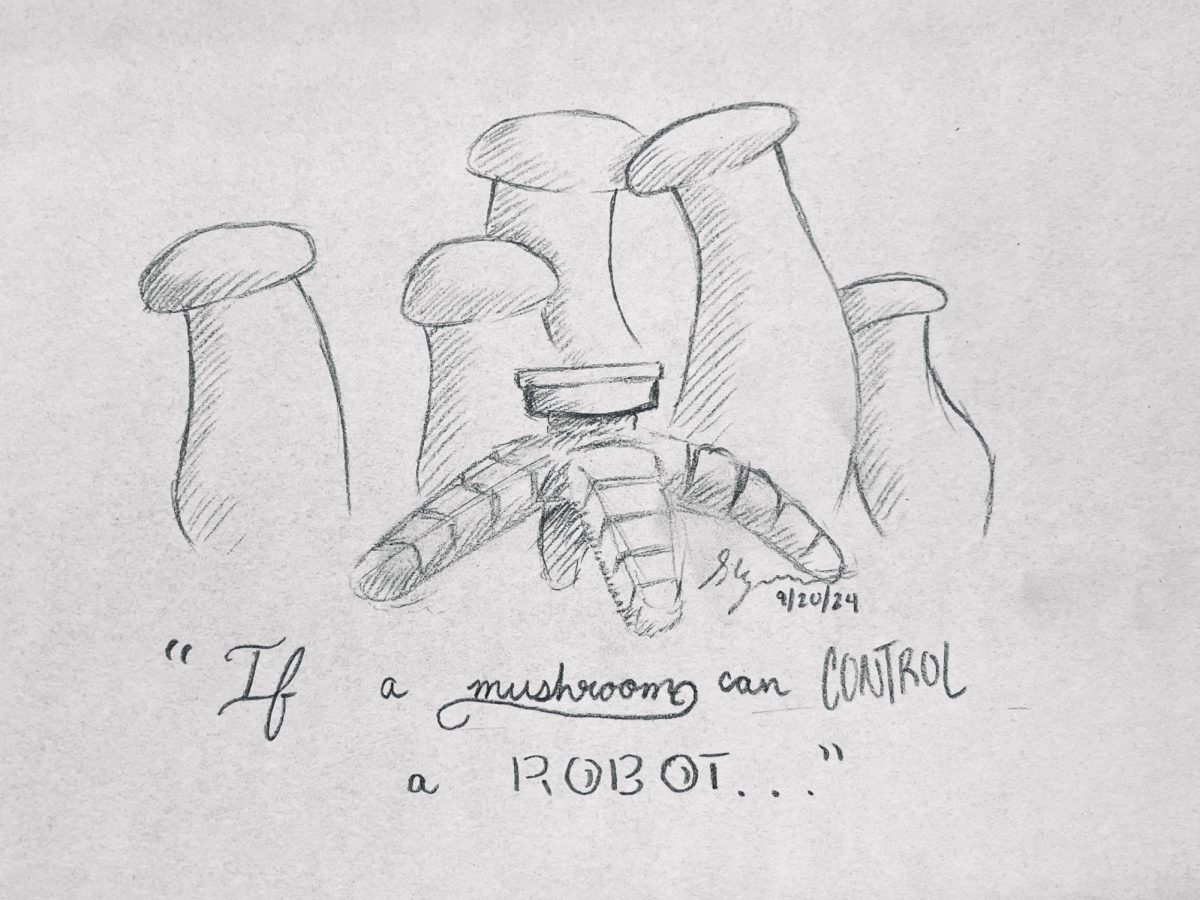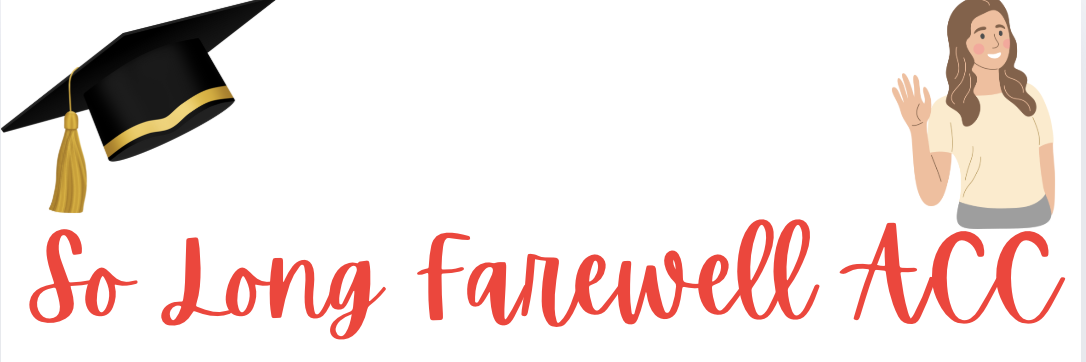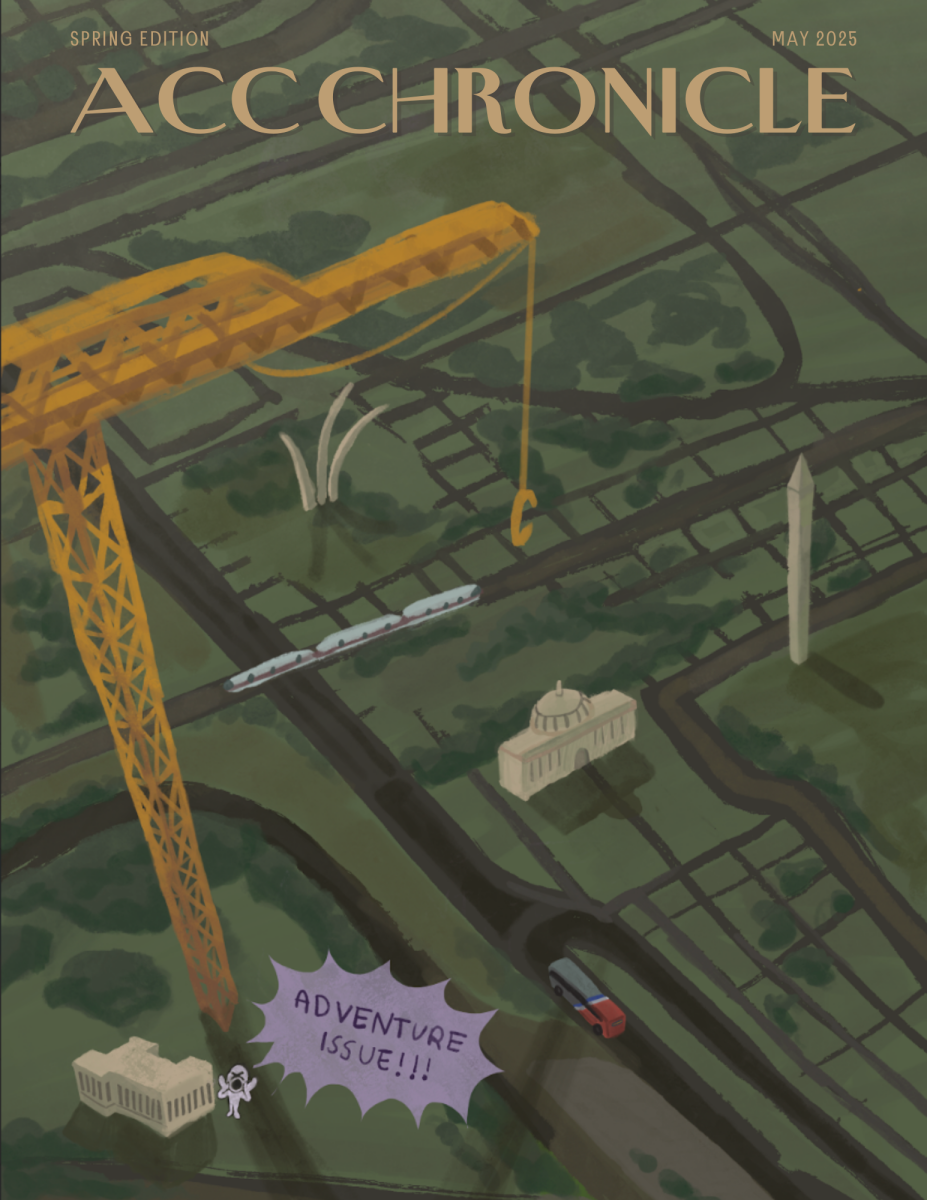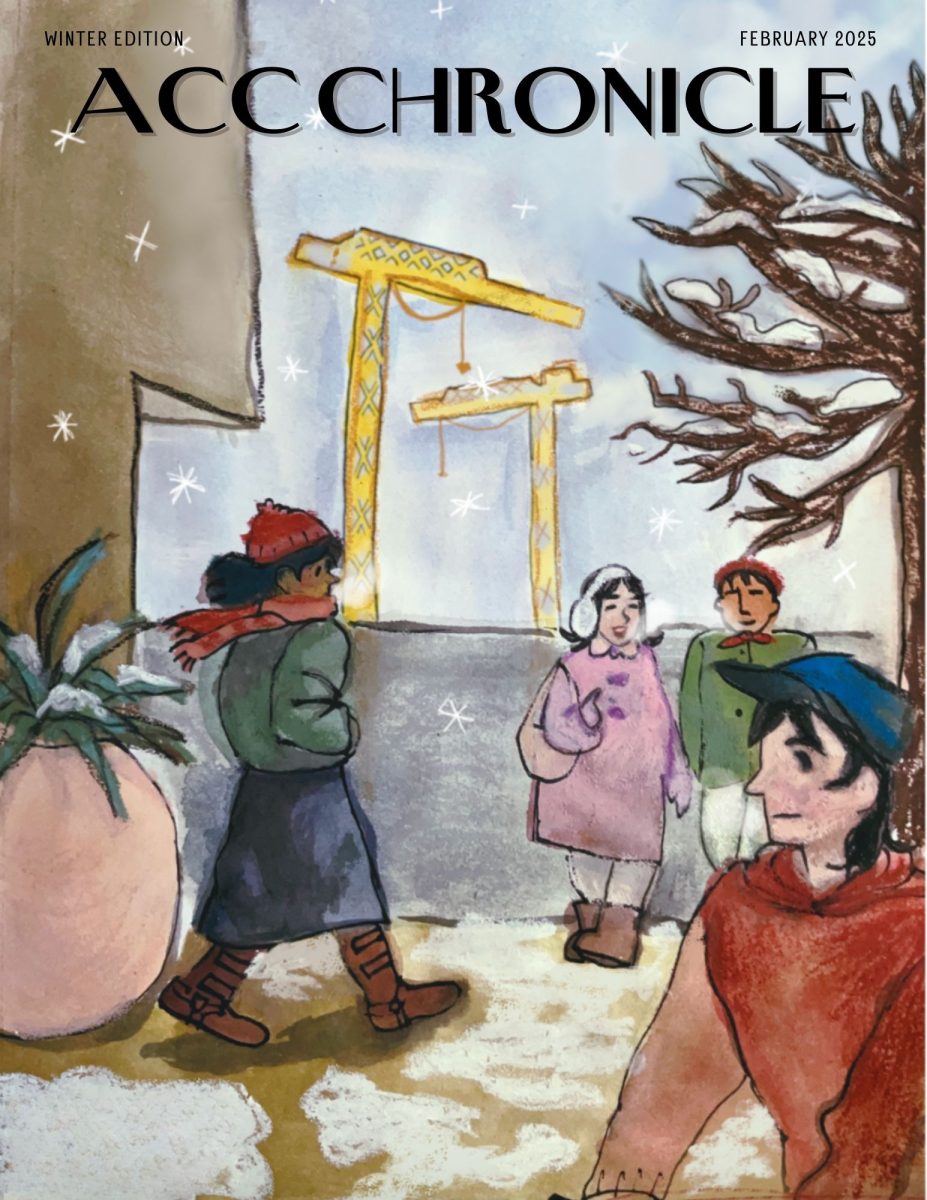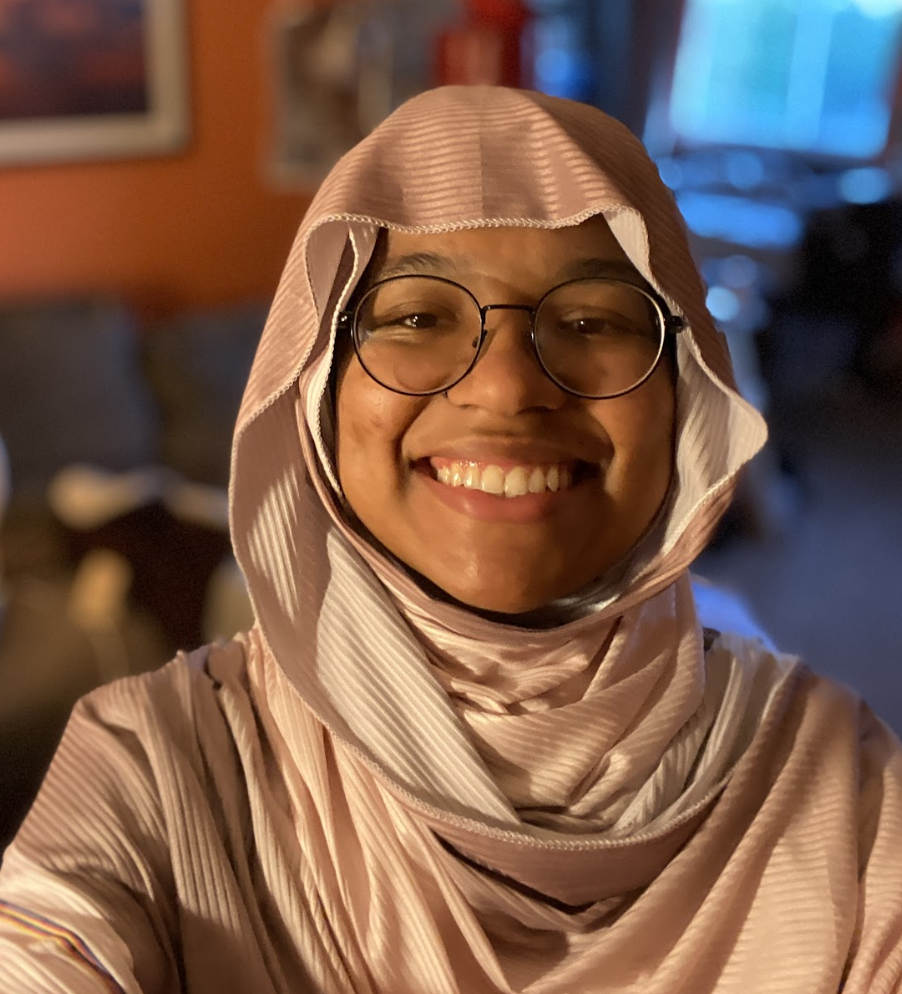
Two times every year at 2 am, people across 48 states move their clocks, either forward in the spring or backwards in the fall, by one hour. This phenomenon is the start and end of Daylight Savings Time.
Daylight Savings Time became an official law with the Standard Time Act that was signed on March 19, 1918, but was removed in 1919. After a lot of back and forth in 1966, an act was put into place that provided standardization to the start and end of Daylight Savings Time, but allowed for local exemptions from its observance. This act stated that Daylight Savings Time would be from the last Sunday in April to the last Sunday in October. In the time between this act and 2007, a few more major changes occurred at the time. The last of these happened in 2005, when the Energy Policy Act changed both the starting and ending dates to the second Sunday in March and the first Sunday in November.
Since then, the questions have shifted from when Daylight Savings should start and end, to whether it should even exist at all. These queries have started to pop up as people from all walks of life have started to do more research and realize that there are seemingly more issues than benefits when it comes to this bi-yearly turning of the clocks.
One of the biggest issues that can occur comes down to people’s health and bodies. Studies have shown that during the “spring forward” time change, the risk of heart attacks, strokes, and even suicide numbers increase by almost four and a half times. Meanwhile, during fall, these numbers decrease. Additionally, it majorly messes up sleep schedules and people’s circadian rhythms. In the spring, the clocks are moved forward an hour, which causes people to lose an hour of sleep, leading to some long-term issues as daylight saving time continues. During the fall, everyone regains an hour of sleep, which is great, but it causes the sun to set really early. This lead to less time for night activities, which is a key factor for mental health.
Another issue that can occur is related to farmers and their animals, since animals follow the sun and not a clock for knowing when to do things. The time change can cause confusion for the animals, such schedules for the farmers change as they will now feed at what feels like 8am instead of 7am. Beyond just the animals, the change in when the sunlight starts means that farmers might have to wait longer for dew to dry, or if they need a certain amount of sunlight to work, but have to go home at the same time. Less work can be done since the sun will rise later, or it will get darker earlier, meaning less time either way.
Another possible issue that can occur involves business and consumer actions. When it is sunny out, people tend to spend more money. In the few weeks following the switch back to standard time, people tend to spend slightly less money since it is dark after work and they want to go home. This also occurs with business, where there is often a drop in spending between 2.2% and 4.9%, depending on where the company is.
These are all factors that are just part of Daylight Savings Time, even if not everyone always agrees or realizes how many items are affected by the bi-anual clock switch.






